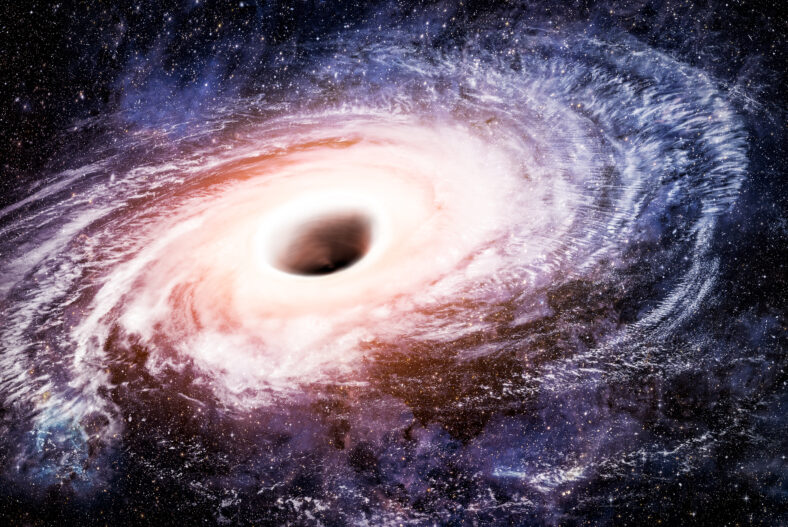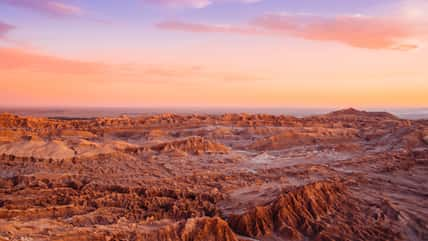Scientists Have Created A Black Hole Bomb, Which Used To Only Be A Theoretical Phenomenon

In 1972, physicists named William Press and Saul Teukolsky described a theoretical phenomenon called the “black hole bomb,” where mirrors enclose, reflect, and amplify waves coming from a spinning black hole.
Now, a team of physicists from the University of Southampton, the University of Glasgow, and the Institute for Photonics and Nanotechnologies at Italy’s National Research Council has created this black hole bomb in an experiment. The new development will help scientists better understand how black holes spin.
This work can be traced back to research conducted by two other physicists. In 1969, Sir Roger Penrose, a British mathematician and Nobel laureate, came up with black hole superradiance, an idea to extract energy from a rotating black hole.
Then, in 1971, Yakov Zel’dovich, a Belarussian physicist, looked into the phenomenon more deeply. He realized that a rotating object can amplify electromagnetic waves under the right conditions. The concept is known as the Zel’dovich effect.
In the new study, the scientists used the Zel’dovich effect to create their experiment. They surrounded an aluminum cylinder rotated by an electric motor with three layers of metal coils. The coils generated and reflected a magnetic field back to the cylinder.
The team directed a weak magnetic field at the cylinder and saw that the field the cylinder reflected was even stronger, which demonstrated superradiance.
They then removed the weak magnetic field. However, the circuit continued to produce its own waves. The spinning cylinder amplified these waves, causing the coils to build up energy.
The Zel’dovich effect was under way. Zel’dovich had also predicted that a rotating absorber would shift from absorption to amplification if its surface moved faster than the incoming wave. The experiment confirmed that his prediction was accurate.
“Our work brings this prediction fully into the lab, demonstrating not only amplification but also the transition to instability and spontaneous wave generation,” said Maria Chiara Braidotti, a co-author of the study and a physics research associate at the University of Glasgow.

Sign up for Chip Chick’s newsletter and get stories like this delivered to your inbox.
“We sometimes pushed the system so hard that circuit components exploded,” said Marion Cromb, another co-author and a researcher at the University of Southampton. “That was both thrilling and a real experimental challenge!”
The team may not have actually created a real black hole, but the model does showcase that rotational superradiance and exponential amplification do not just apply to black holes. It is an excellent way to learn more about the properties of black holes.
In addition, the experiment could represent a major step toward acquiring more knowledge in the concepts of astrophysics, quantum theory, and thermodynamics.
A paper describing the experiment was uploaded to the preprint server arXiv. The research is currently being reviewed for publication in a peer-reviewed academic journal.
More About:News





